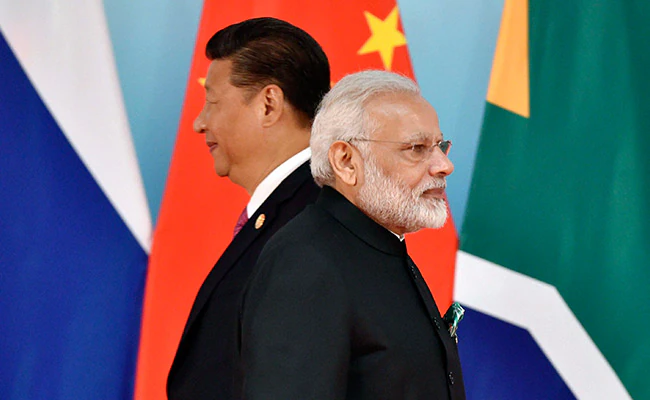Opinion | The Dragon And The Elephant Must Dance
The border skirmishes in Galwan in 2020 led to the death of soldiers for the first time in several decades and seriously affected India-China bilateral ties. India conveyed that normal relations were not possible when the borders faced aggression, while China viewed it from the context of overall bilateral relations. The stalemate continued for four years till an understanding was reached to disengage forces. Prime Minister Narendra Modi and President Xi Jinping met on the margins of the BRICS summit in Kazan, signalling a return to the path of rapprochement.
The challenge for India and China, two ancient civilisations seeking economic and strategic adjustments in modern times, was how to craft a relationship that while minimising the possibility of conflict, could take advantage of opportunities for cooperation and manage the competition that is natural for growing powers.
The India-China border has been relatively peaceful since the end of the war in 1962. Both countries attached priority to economic growth. To avoid miscalculation on the border, India and China signed bilateral agreements on maintenance of peace and tranquility, confidence-building measures and guiding principles to address the outstanding boundary question.
It is noteworthy that even during the recent skirmishes, which saw “grey zone” conflict, neither side allowed the situation to escalate to a full-blown war. Both remained committed to dialogue and understood that the opposing side could not be contained. Political will and trust would be necessary to maintain peace across the Himalayas.

